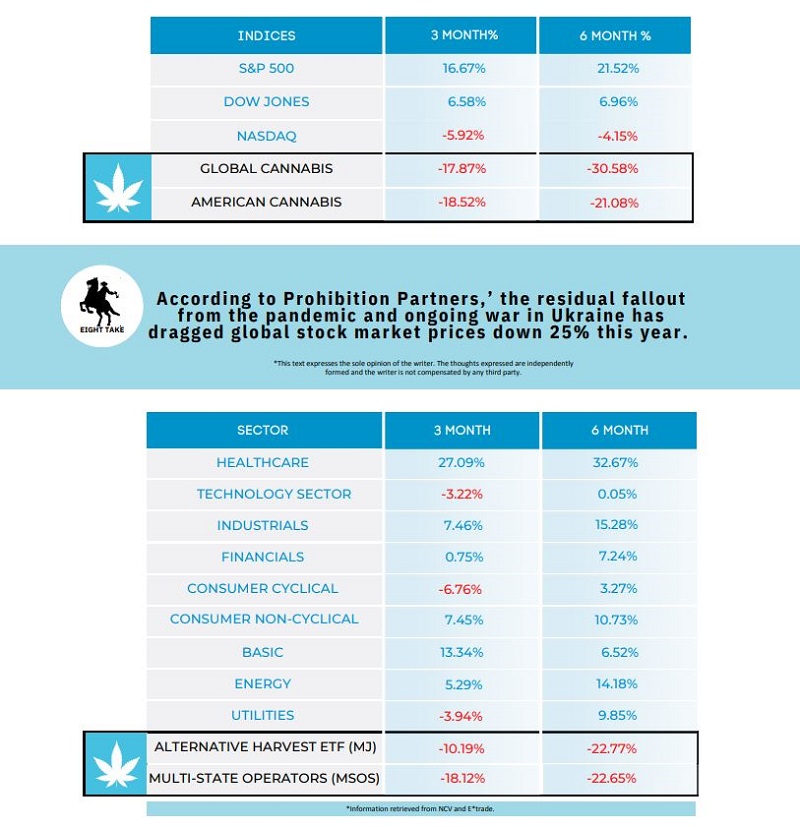When evaluating current processes and identifying areas where automation can improve efficiencies, companies should consider the potential cost savings associated. Automation can reduce the time spent on manual tasks, resulting in increased productivity and fewer labor costs. Automation can also improve speed and accuracy, resulting in better-quality products and fewer errors. Leading to cost savings through less rework and waste. Ultimately, automation can optimize workflows, improving efficiency and fewer delays. All these factors can result in significant cost savings for companies that adopt automation. To achieve automation, sensors need to be utilized to measure parameters previously monitored by humans and parameters that humans cannot watch.
Using sensors to measure cannabinoids in real-time is an opportunity for automation in the cannabis industry. Sensors are electronic devices that measure physical conditions such as temperature, pressure, and moisture. In the cannabis industry, sensors can measure the concentration of cannabinoids in real-time, thus allowing growers, extractors, and manufacturers to accurately monitor the levels of THC and CBD in their products. Using sensors to measure cannabinoids in real-time can help improve the quality of cannabis products. By measuring the levels of THC and CBD in real-time, cannabis companies can ensure that their products meet the desired specifications. For extractors, this is especially important, who need to ensure that their extracts have the appropriate levels of THC and CBD to provide the desired effects. In addition, sensors can monitor the conditions of the environment in which the cannabis is grown, such as temperature and humidity, to ensure optimal growing conditions. In addition to improving the quality of cannabis products, using sensors to measure cannabinoids in real-time can also help decrease production costs. By monitoring cannabinoid levels in real-time, cannabis companies can reduce the time and resources spent on testing their products. Fewer hours spent on testing and fewer resources used are both major wins for cost saving.
Using sensors to measure cannabinoids in real-time can help improve compliance with regulatory standards. By monitoring cannabinoid levels in real-time, cannabis companies can ensure that their products meet the desired criteria. In states with strict regulations on THC and CBD levels in cannabis products, this is especially important. Overall, using sensors to measure cannabinoids in real-time is an opportunity for automation in the cannabis industry. By measuring the levels of THC and CBD in real time, cannabis companies can ensure the quality of their products, reduce production costs, and comply with regulatory standards. This is especially important for extractors, who need to ensure that their products meet the desired THC and CBD levels to provide the desired effects. Using sensors for measuring cannabinoids in real-time can help cannabis companies reduce testing costs, improve the quality of their products, and ensure compliance with regulatory standards.
Editors’ Note: This is an excerpt from our Monthly Playbook. If you would like to read the full monthly playbook and join the thousands of others you can sign up below.






